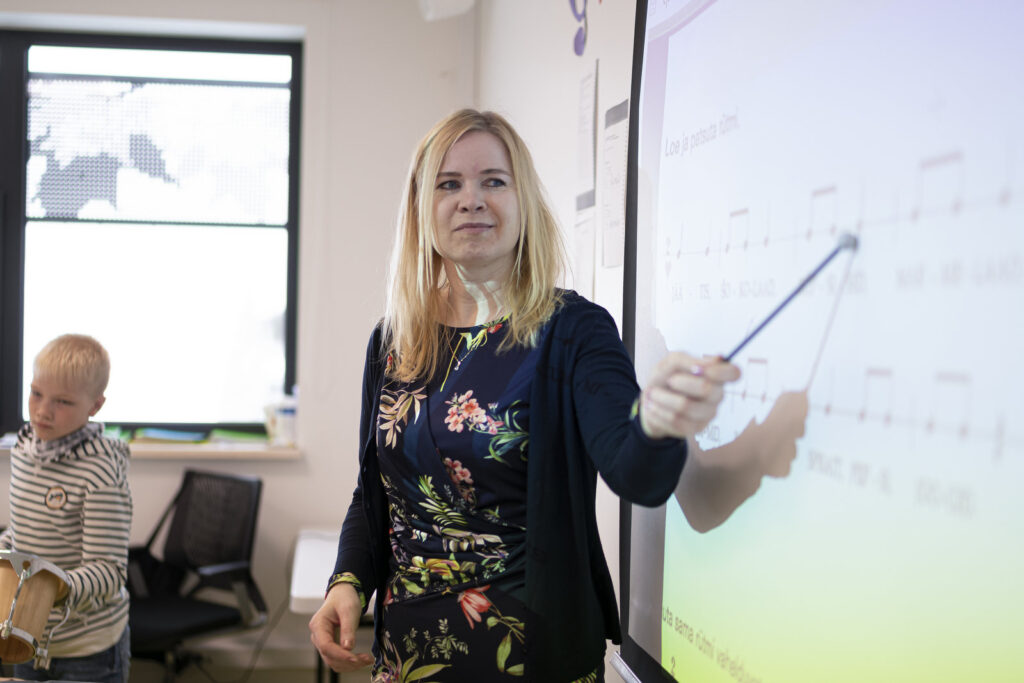The average salaries of Estonian teachers have lately grown faster than the average salaries overall in Estonia; however, higher salaries often include overtime or extra work, which means the teachers are overburdened, a latest report concludes.
In 2022, the average salary in Estonia was €1,685, and the average teacher’s salary was €1,724, which formed 102% of the Estonian average. The 2023 pay rise should take teachers’ salaries to 113% of the Estonian average.
The report, “Teachers’ salaries” by the Foresight Centre – a think tank at the Estonian parliament – says that if the current trend continues, the Estonian teachers’ salaries would reach 120% of the national average in 2024. However, higher salaries often include overtime or extra work – and considering the qualifications of the teachers, their salaries are still not competitive in the labour market.
“Teachers’ salaries need to be compared to alternatives that require similar qualifications. For example, basic school and upper secondary school teachers are required to have a master’s degree, and yet the average teacher’s salary only forms 82% of the average salary of master’s degree graduates in Estonia,” Eneli Kindsiko, an expert of the Foresight Centre, said in a statement.
“This shows that the teaching profession is not competitive on the labour market. It is also important to note that a large part of teachers in Estonia take on more work than their standard burden and that their salaries often include additional remuneration for the extra work.”

Salaries below the EU average
The report by the Foresight Centre shows also the average teacher’s salary in Estonia is below the average among the 27 European Union member states. As of the 2020–2021 school year and adjusted to the cost of living, teachers make the most in Luxembourg, Germany and Denmark. Their salaries are the lowest in Latvia, Slovakia and Hungary.
“Estonia enjoys one of the most efficient education systems in the world, which means that our high PISA scores are achieved on a relatively modest remuneration. This means a high risk of burnout. We are in the same boat with Poland,” Kindsiko warned.
The Estonian government has set the objective of paying teachers in general education and vocational education institutions 120% of the Estonian average.
Yet the 2023 election programmes of political parties laid out even more ambitious goals, such as taking teachers’ average salaries to 130% of the national average or paying €3,000 to worthy teachers. “Should the current trend continue, we would arrive at the €3,000 average salary in 2029, and to 130% of the average salary also in 2029,” Kindsiko predicted.
The Foresight Centre is a think tank at the Estonian parliament that analyses socio-economic trends and builds future scenarios.

